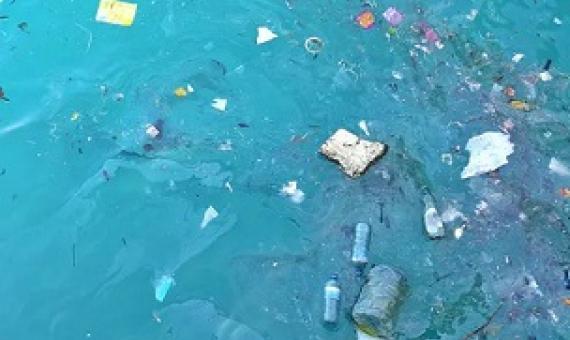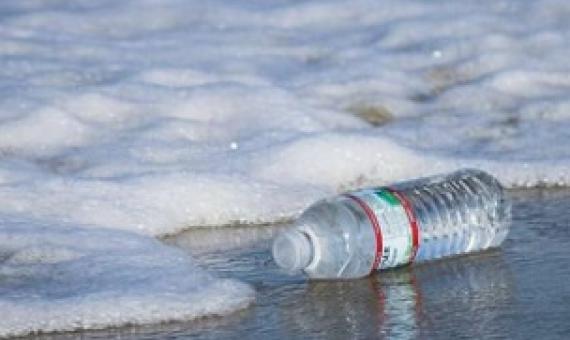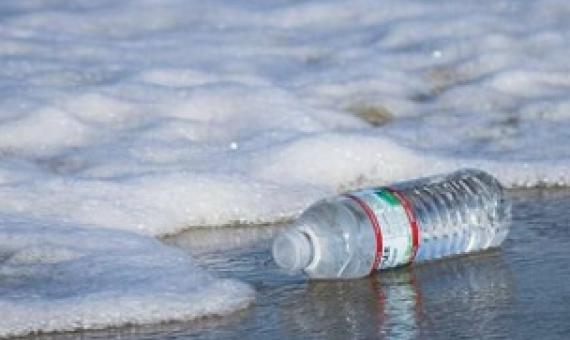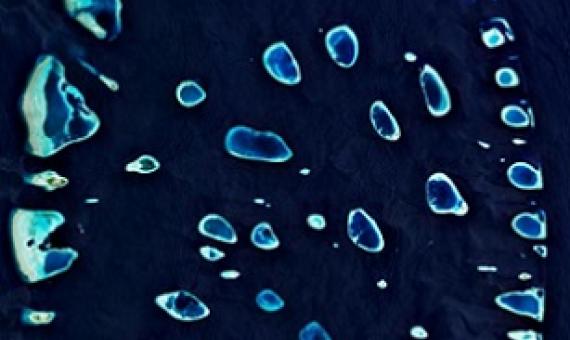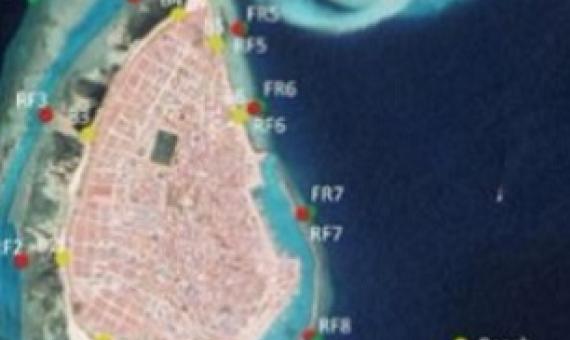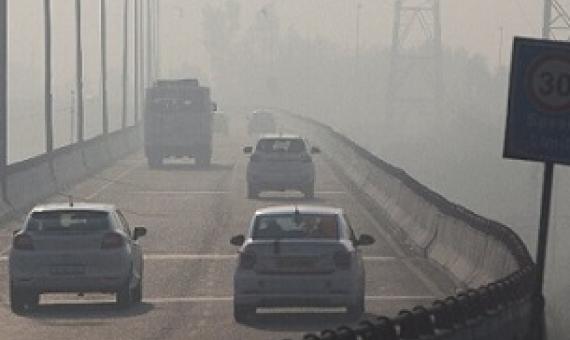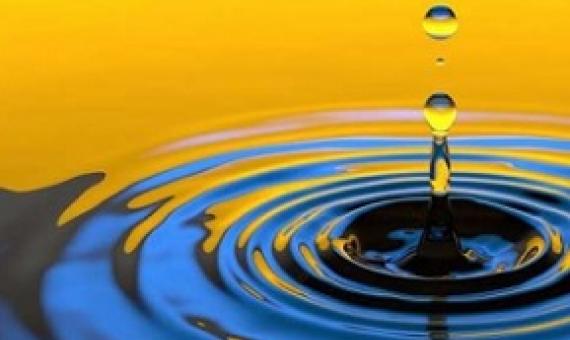Nowhere, it seems, is immune from plastic pollution: plastic has been reported in the high Arctic oceans, in the sea ice around Antarctica and even in the world’s deepest waters of the Mariana Trench.
Not all the news about plastic in the ocean is what we expect. In fact it may be not quite as bad as initially thought. This comes as welcome information as we are celebrating National Science Week with an oceans theme.
Key knowledge gaps exist in our understanding of how ocean microplastics transport bacteria and viruses—and whether this affects the health of humans and animals, researchers say.
In the Maldives, a developing nation that lacks much local manufacturing, a single tourist produces almost twice as much trash per day as a resident of the capital city of Malé, and five times as much as residents of the other 200 populated islands, according to government statistics.
Australia's Flinders University, on August 1, declared Maldives to be one of the countries most polluted by microplastics, on the planet. Microplastics refer to plastic particles measuring less than five millimetres and are now globally recognized as a pollutant of increasing concern.
Airborne microplastics from traffic pollution may be entering the world's oceans at a similar rate to that from rivers, according to new research Tuesday warning that the particles may also speed up Arctic ice melt.
Suva has become one of the main hot spots for marine pollution in terms of the amount of microplastic in our waters, and researchers have now found high levels of microplastic in seafood from these areas.
Microplastic pollution in marine environments is concentrated most highly in coastal habitats, especially fjords and estuaries, according to a new review article published in the journal Marine Pollution Bulletin.
Remote wilderness areas and national parks in the western United States are getting a dusting of plastic every year, perhaps 1000 tons or more, according to a new study.
Microplastics are everywhere—including in our drinking water, table salt and in the air that we breathe. Having studied the scope of microplastics in a number of countries, researchers are worried.

